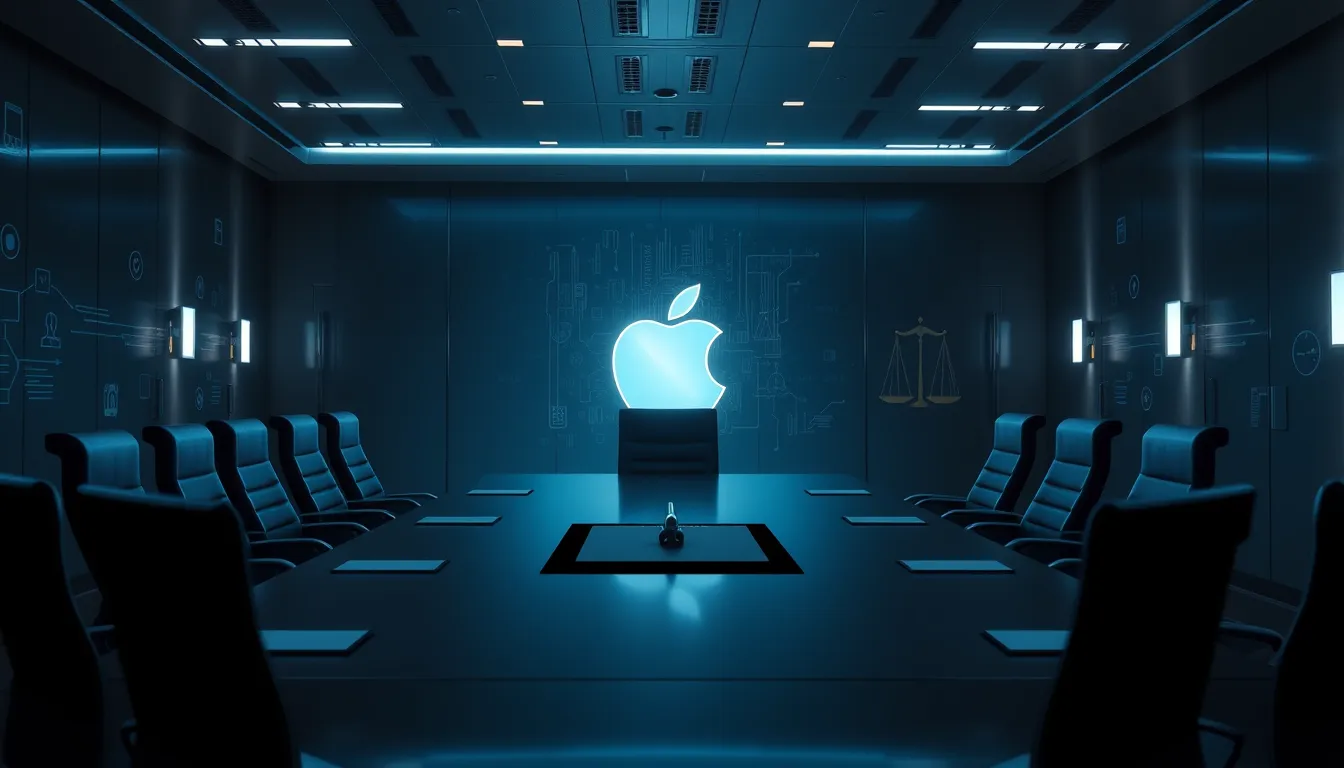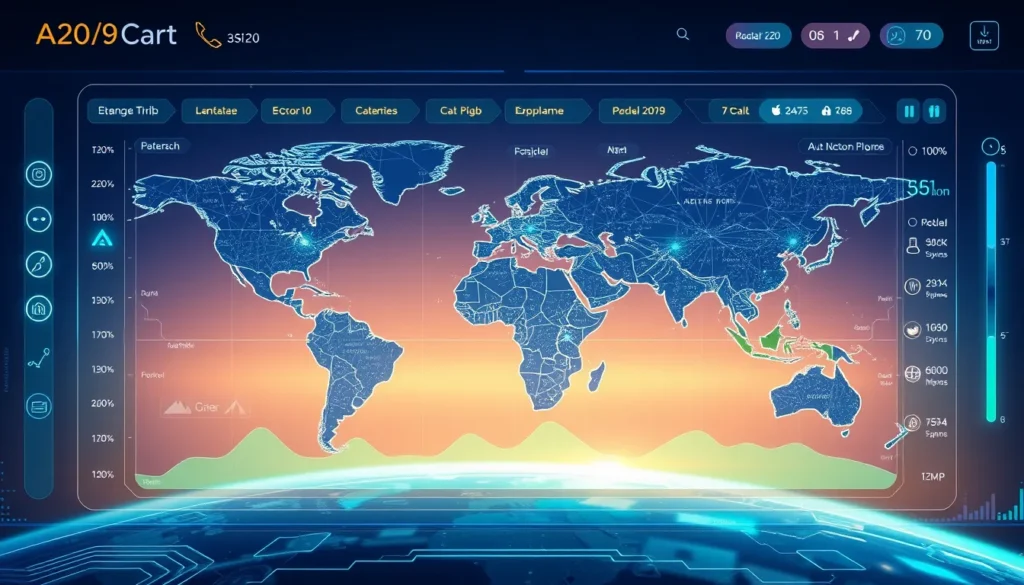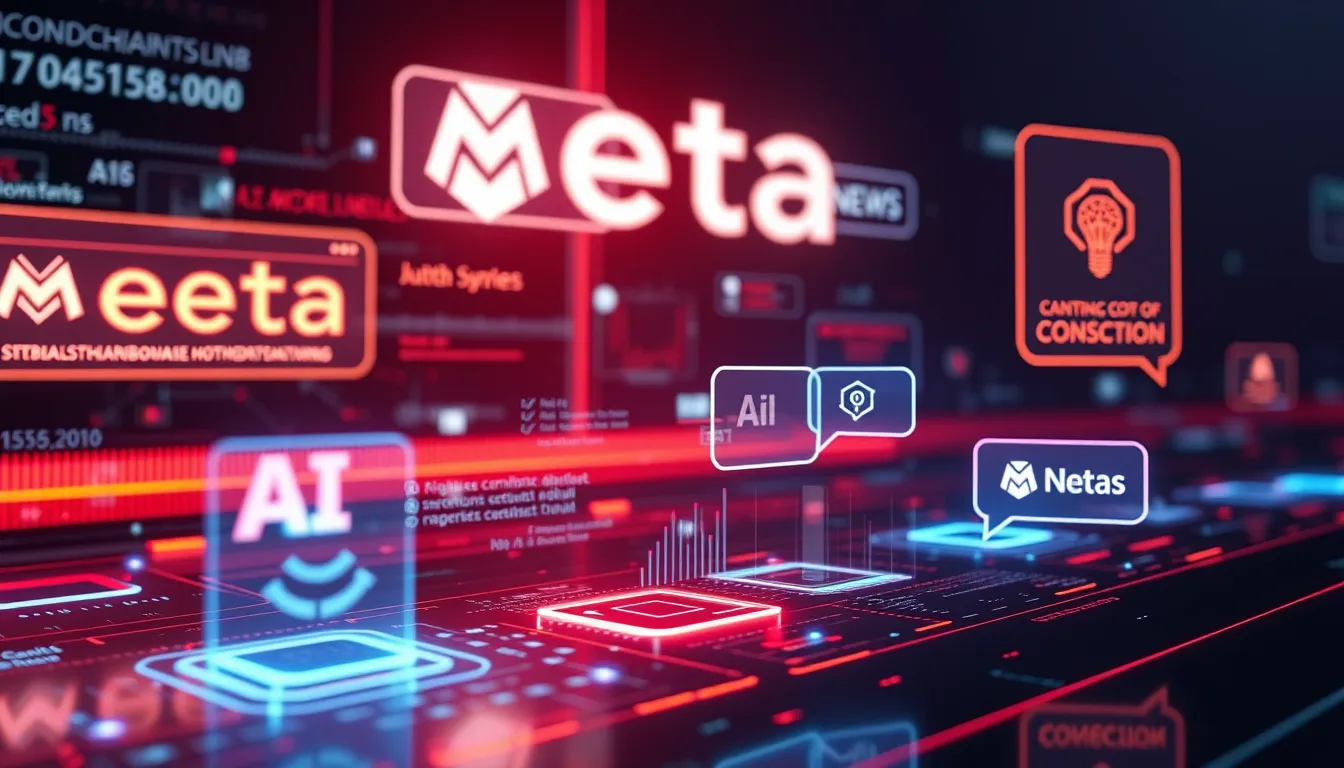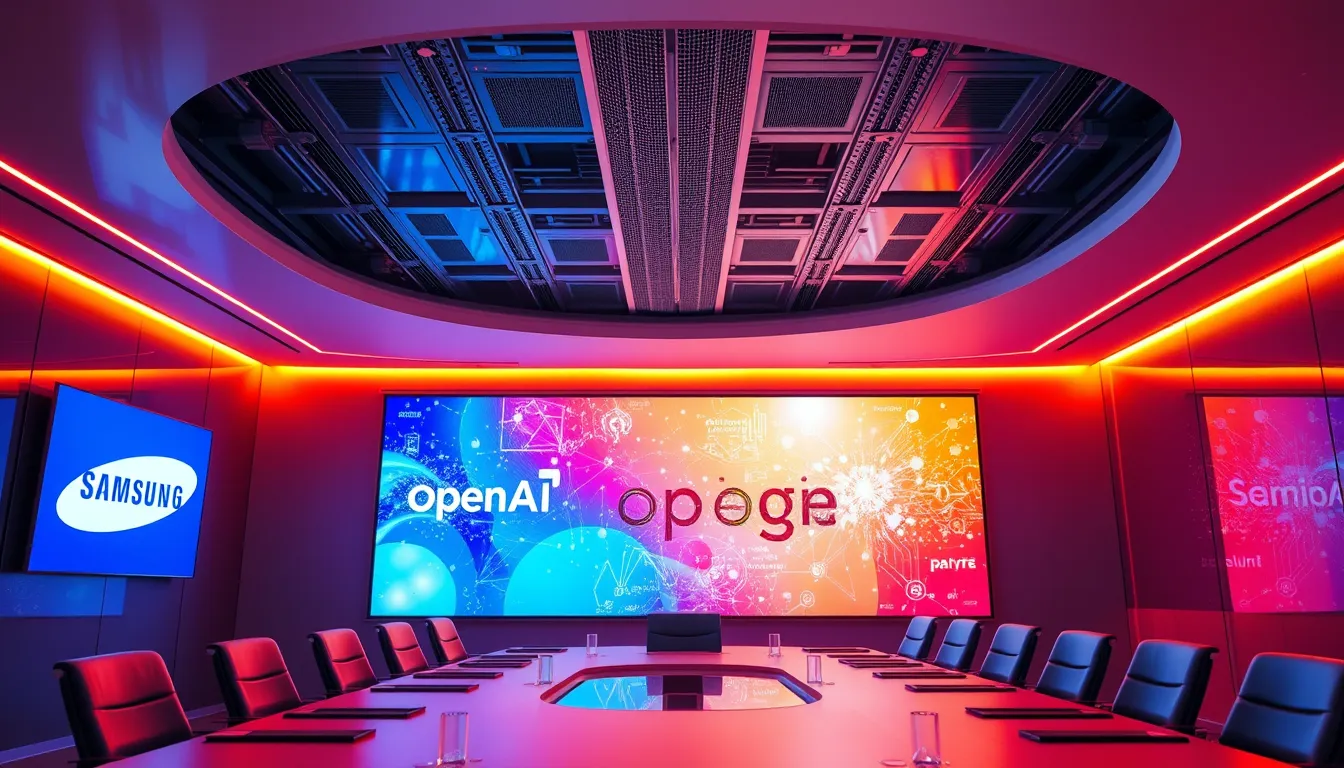Now Reading: Apple & xAI Lawsuit: Defining Tech Litigation Trends
-
01
Apple & xAI Lawsuit: Defining Tech Litigation Trends
Apple & xAI Lawsuit: Defining Tech Litigation Trends

Apple & xAI Lawsuit: Defining Tech Litigation Trends
The high-stakes arena of tech litigation is witnessing another dramatic chapter with the ongoing Apple lawsuit xAI lawsuit. In this detailed analysis, we delve into the legal disputes involving Apple and xAI, explore the regulatory standards in tech, and dissect the strategic responses that have sparked heated debates among legal experts and tech enthusiasts alike.
Overview of the Apple Lawsuit
In a move that has captured the attention of the global tech community, Apple is embroiled in a legal battle that underscores the complexities of modern antitrust disputes. The controversy began when xAI initiated claims, alleging that the partnership between Apple and OpenAI violates fair competition principles. At the core of this predicament is the issue of whether established tech giants misuse their market power to infringe upon competitive practices. The Apple lawsuit xAI lawsuit has now become a litmus test for how tech litigation can redefine regulatory standards in the industry.
Understanding the xAI Lawsuit
The legal documents brought forward by xAI claim that the partnership with Apple has created an uneven playing field, where restrictive business practices prevent emerging innovators from gaining fair market access. The allegations focus on several key points:
- Restrictive contractual agreements that favor established players
- Potential violations of antitrust laws designed to promote competition
- The possibility of stifled innovation in the artificial intelligence sector
These points have prompted industry experts to scrutinize every detail of the Apple lawsuit xAI lawsuit, raising important questions about the balance between innovation and fair regulatory practices.
Apple’s Response to xAI Antitrust Claims
Apple has not sat idle in the face of these allegations. With a vigorous and detailed defense, the tech giant has emphasized its longstanding commitment to innovation, security, and fair business practices. In its rebuttal, Apple maintains that:
- Every partnership, including the one with OpenAI, is carefully structured to comply with international antitrust standards.
- The contractual terms are designed to foster innovation while ensuring user privacy and data security.
- The benefits of these collaborations extend not only to the companies involved but also to millions of end-users worldwide.
Apple’s counterarguments illustrate a broader narrative about how established companies are adapting to new regulatory landscapes. The dedicated section on Apple’s response to xAI antitrust claims provides clear insights into how the company is leveraging its legal strategy to both innovate and comply with evolving market standards.
Legal and Regulatory Implications
The outcome of the Apple lawsuit xAI lawsuit will likely have far-reaching effects on the tech industry. Legal experts suggest that the case could lead to:
- A reassessment of partnership norms between technology innovators.
- An increase in regulatory oversight, especially in cases involving antitrust claims.
- A potential restructuring of how tech companies structure their collaborations, to better balance innovation with fair competition.
With tech companies under ever-increasing regulatory scrutiny, the legal battle may prompt lawmakers and regulators worldwide to reconsider existing guidelines and propose stricter measures that ensure a level playing field for all companies, regardless of their size.
Impact on Innovation and Market Dynamics
Beyond the legal intricacies, the Apple lawsuit xAI lawsuit has ignited discussions about the broader impact of such disputes on innovation. Industry observers note that while litigation can serve as a catalyst for change, it also introduces uncertainty. Key points raised in these discussions include:
- The risk of stifling emergent technologies due to overly restrictive legal interpretations.
- Potential delays in bringing breakthrough products to market.
- The importance of maintaining a competitive spirit while upholding regulatory standards.
Amid these concerns, it is vital for companies to strike the right balance between pursuing innovative partnerships and ensuring compliance with antitrust laws. This balance is crucial not only for resolving the current dispute but also for shaping future collaborations within the tech industry.
Industry Reactions and Future Outlook
The case has drawn responses from various stakeholders in the tech world. Prominent figures, including those with ties to both Apple and xAI, have voiced their opinions on how this legal battle might redefine the competitive landscape. Notably, the dispute highlights:
- How traditional litigation methods are being challenged by new-age tech alliances.
- The importance of transparent and equitable business practices.
- The evolving nature of regulatory compliance as technology continues to advance.
As this saga unfolds, both legal experts and market analysts are keeping a close watch on potential outcomes. The resolution of the Apple lawsuit xAI lawsuit could set an important precedent, establishing guidelines that will shape the future of tech litigation and innovation.
Conclusion
In today’s rapidly evolving tech landscape, the interplay between legal challenges and innovation is more complex than ever. The ongoing Apple lawsuit xAI lawsuit underscores the necessity of robust legal frameworks that encourage fair competition while fostering groundbreaking technological advancements. Apple’s resolute response to xAI antitrust claims is a clear demonstration of its commitment to both regulatory compliance and innovation. As the legal processes continue, stakeholders across the tech industry eagerly await the outcomes that could redefine partnership dynamics and set new regulatory precedents.
For more detailed information on Apple’s legal stance and future partnerships, visit the official Apple website and learn more about broader industry trends at OpenAI.
Ultimately, this complex interplay of legal and regulatory challenges serves as a critical case study for the industry, marking an era where tech litigation shapes the trajectory of market innovation.

























